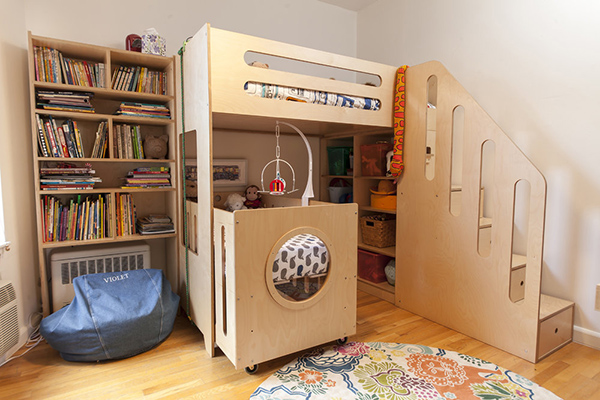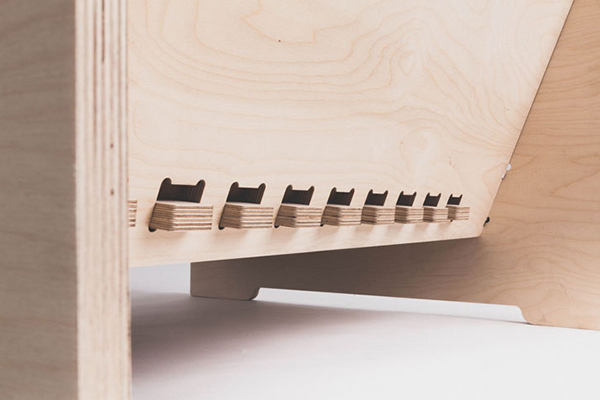This article delves into the various aspects of plywood products and their role in modern home goods.
Advantages of Plywood Furniture:
- Cost-Effectiveness: plywood is often more affordable than solid wood, making it an attractive option for consumers looking for quality furniture at a lower price point.
- Design Flexibility: The manufacturing process allows for a wide range of design possibilities. Curved, bent, or molded furniture can be created with relative ease, offering a diverse array of styles to suit any home decor.
- Environmental Impact: By using thin layers of wood, less raw material is required, which can help reduce the environmental impact of furniture production. Additionally, the use of reclaimed wood in some multi-layered products contributes to a circular economy.
- Resistant to Climate Changes: The cross-grain structure of plywood makes it less susceptible to the effects of humidity and temperature fluctuations, which can cause solid wood to expand and contract.
- Reduced Risk of Pests: The glue and heat used in the production process can help to eliminate insects and their eggs that might be present in the wood, reducing the risk of infestation.
- Consistent Quality: Since each layer of wood is carefully selected and arranged, plywood products tend to have a more uniform quality compared to natural, solid wood, which can have variations in grain and density.
- Lightweight: Compared to solid wood, plywood is lighter, making it easier to move and rearrange furniture within the home.
- Customization: The use of veneers allows for a high degree of customization in terms of color, pattern, and finish, enabling manufacturers to create unique pieces that can complement a variety of interior design styles.
- Durability for Everyday Use: plywood is strong and can withstand the wear and tear of everyday use, making it suitable for items like dining tables, chairs, and bookshelves.
- Sleek Aesthetics: The smooth surface of plywood furniture can be finished to a high gloss or a matte finish, offering a sleek and contemporary look that is popular in modern design.
- Eco-Friendly Options: With the rise of sustainable practices, many manufacturers are using sustainably sourced wood and low-VOC (volatile organic compound) adhesives, making plywood furniture a more eco-friendly choice.
- Versatility in Joinery: plywood can be easily cut, shaped, and joined using various woodworking techniques, which facilitates the creation of intricate and sturdy furniture joints.
- Global Availability: Being less dependent on a single type of wood, plywood products are widely available and can be sourced from various regions, supporting a more globalized furniture market.
- Economical Use of Wood: The use of smaller pieces of wood in the construction of plywood products maximizes the use of timber, reducing waste and promoting a more efficient use of forest resources.
- Innovative Applications: New technologies and materials are continually being developed to enhance the properties of plywood, such as adding plastic or metal reinforcements for extra strength or incorporating smart materials for functionality.

Design and Aesthetics:
The design possibilities with plywood are nearly limitless. From the classic birch plywood to the exotic zebrawood veneer, the material can be crafted into sleek, modern designs or given a rustic, hand-finished look. Its natural beauty can be showcased through various techniques such as:
- Edge Banding: Adding a decorative edge to the wood for a polished look.
- Lamination: Combining layers of different wood types to create unique patterns and colors.
- Texturing: Applying textures to the surface to mimic the look of more expensive wood species.

Innovations in plywood Products:
Advancements in technology have led to new types of plywood products that are pushing the boundaries of design and functionality:
- Bamboo Plywood: An eco-friendly alternative that is harder and more durable than traditional hardwood plywood.
- Recycled Wood Veneers: Using reclaimed wood to create new products, reducing the environmental impact.
- Digital Printing on Wood: Allowing for intricate designs and custom patterns to be printed directly onto the wood surface.
Plywood products offer a marriage of form and function, with sustainability at the forefront. As consumers become more environmentally conscious and seek out products that are not only beautiful but also responsibly made, the demand for plywood in home goods is set to grow. With its myriad of applications and the ongoing innovation in the field, plywood is poised to remain a staple in the home goods industry for years to come.


